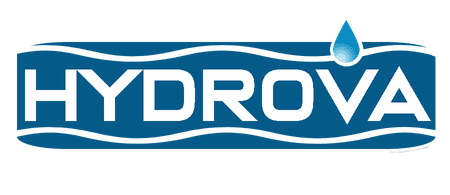Isopropyl alcohol (2-propanol), also known as isopropanol or IPA, is the most common and widely used disinfectant within pharmaceutics, hospitals, cleanrooms, and electronics or medical device manufacturing. Different solutions, purity grades, concentrations, and alcohol types yield beneficial cleaning and disinfection properties when applied correctly; or dangerous consequences when used improperly. This post will help you identify key uses, best practices, and proper disinfection with isopropyl alcohol. Likewise you can see our other posts on IPA as a universal cleaner and the importance of high-quality USP IPA.
WHY 70% ?
Isopropyl alcohol, particularly in solutions between 60% and 90% alcohol with 10 – 40% purified water, is rapidly antimicrobial against bacteria, fungi, and viruses. Once alcohol concentrations drop below 50%, usefulness for disinfection drops sharply. Notably, higher concentrations of alcohol don’t generate more desirable bactericidal, virucidal, or fungicidal properties.
70% isopropyl alcohol upholds key requirements for use as a bactericidal in cleanrooms or medical facilities, but also for general purposes. 70% IPA/30% water solutions produce less vapor and odor, therefore reducing risks of toxic fumes or combustion. When isopropyl alcohol reacts with air, light, and oxygen, it forms unstable peroxides which increase the likeliness of explosion, especially when heated with aluminum. IPA volatility increases with storage time and alcohol concentration, especially when exposed to light over multiple years after opening. 70% IPA is not only less flammable but also offers a more economical price point for general wipe down and large-surface disinfection. Likewise, high-moisture alcohols evaporate slower and increase contact time without becoming immediately dry. If 70% IPA is so effective as both a general-purpose cleaner and disinfectant, why use 99% concentrations?
99% isopropyl alcohol is ideal as a solvent or cleaning agent for industries that produce water sensitive items, therefore rapid evaporation and low water content is favorable. 99% IPA provides the lowest presence of adulterants and is free from denaturants. Computer technicians, medical device manufacturers, printed circuit board manufacturers, and soldering and rework technicians prefer immediate evaporation for work with sensitive devices such as integrated circuit adapters, computer chips, and circuit boards. 99% IPA evaporates cleanly and minimizes residual substances. Rapid evaporation reduces shelf life but ensures unchanging alcohol concentration. Alcohol evaporates faster than water when exposed to air; over time the alcohol concentration is diluted by excess water which yields unpredictable effectiveness and results. This degradation is avoided with pure isopropyl alcohol. It’s more effective against sticky residues, grease, and grime than 70% concentrations, but because isopropanol is hygroscopic, acetone may yield better grime fighting results.
Isopropyl alcohol may be intermittently effective against fungus but it is not effective against fungal spores. Treatment of mold and fungus is generally considered a problem of moisture and humidity. Applying a surface level cleaner may have little or no effect on fungal removal. Bleach and hydrogen peroxide are more commonly associated with remedying mold and fungus outbreaks.
